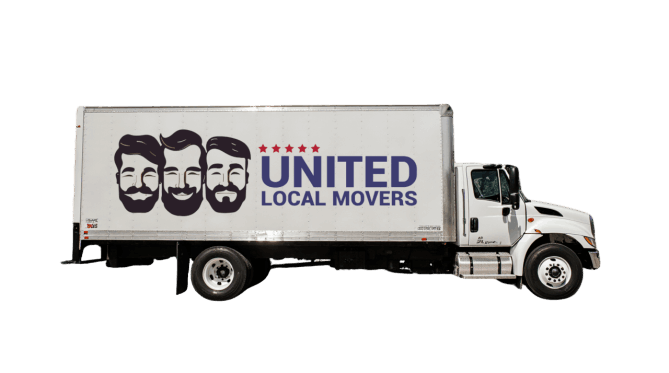Budgeting a move can feel overwhelming, especially when you start realizing how many small expenses add up long before moving day arrives. A clear, realistic financial plan helps avoid stress, surprises, and unnecessary overspending — and this guide walks you through every major cost category, hidden fee, and contingency you should be prepared for.
Understanding the True Scope of Moving Expenses
Most people underestimate the cost of relocation simply because many expenses are invisible at first. Beyond the truck or moving crew, relocations involve deposits, supplies, travel, cleaning, storage, insurance, and a dozen unexpected fees. Creating a transparent budget ensures that you stay in control and avoid financial surprises. The first step is breaking down all expected items and placing them into structured categories.
Core Categories Every Moving Budget Should Include
A well-built budget has four essential groups: packing, labor, logistics, and home-transition costs. When all four are included, you get an accurate picture of the total cost. Below is a detailed breakdown that you can easily adapt to your own move.
| Category | Typical Costs |
|---|---|
| Packing supplies | $150–$400+ |
| Labor / Moving crew | $800–$4,500+ (local and long-distance) |
| Truck / Fuel | $80–$800 depending on distance |
| Insurance & valuation | $0–$800 depending on value |
| Storage | $90–$400/mo |
| Deposits & cleaning | $300–$1,200 total |
Essential Line Items Most Movers Forget
There are specific expenses that almost always catch people off guard. These are rarely included in a quick estimate and can easily increase the final bill by hundreds of dollars. Making space for them ahead of time will help your budget stay stable and predictable.
- Fuel surcharge: Often added by movers for long-distance trips.
- Stairs, long-carry, or elevator fees: When access is difficult.
- Shuttle truck fees: Required when a large truck cannot reach your home.
- Packing labor: Charged separately if movers pack your items.
- Travel time: Billed hourly for local moves.
- After-hours or weekend fees: Common in high-demand markets.
- Piano or specialty item surcharge: Heavy or fragile items add cost.
How to Build a Moving Budget That Actually Works
Creating an effective moving budget means prioritizing accuracy. Start with a full inventory of your home and update the list as you pack. This lets you estimate box counts, truck sizes, and labor hours more precisely. Many people skip this step — and end up with underquoted estimates or “unexpected” charges on moving day.
Next, categorize each expense by when it occurs: before the move, during the move, or after arrival. This gives you clarity on cash flow and helps you plan your emergency fund. Finally, compare three to five quotes from reputable companies and ensure they’re based on the same inventory so you get apples-to-apples comparisons.
[h2]Hidden Fees and How to Avoid Them[/h2]
Some moving companies underestimate intentionally to appear cheaper. To avoid this, always ask questions about access (stairs, elevators, distance from truck to home), specialty items, valuation charges, and minimum labor hours. If the company offers a binding estimate, clarify what conditions could trigger a revised price.
Why Contingencies Matter in Every Moving Budget
Every move includes unpredictable factors — weather delays, traffic, late key handovers, storage requirements, or replacement of suddenly broken items. A healthy contingency fund protects you from these surprises. Most experts recommend setting aside 10%–20% of your total moving budget as a buffer for the unexpected.
Smart Ways to Save Money Without Sacrificing Quality
There are several strategies to reduce your moving costs without putting your belongings at risk. Decluttering before moving helps lower the total weight or volume, which significantly cuts the price for long-distance moves. Reusing free boxes from local stores, packing items yourself, and moving during mid-week or mid-month are also proven ways to control costs.
Consider hybrid solutions too — such as hiring movers only for heavy lifting while handling packing yourself. This approach keeps professional protection for valuables but lowers overall expenses.
Why Working with Professionals Simplifies Budgeting
DIY moves can appear cheaper, but they often include hidden costs like fuel, tolls, insurance, packing time, and rental equipment — plus the physical strain. A reputable moving company provides transparent estimates and helps you understand all line items clearly. United Local Movers offers accurate quotes, clear cost structures, and full-service or customized moving options depending on budget and needs.
If you’re looking for a stress-free move with predictable pricing, visit United Local Movers and request a free estimate.





